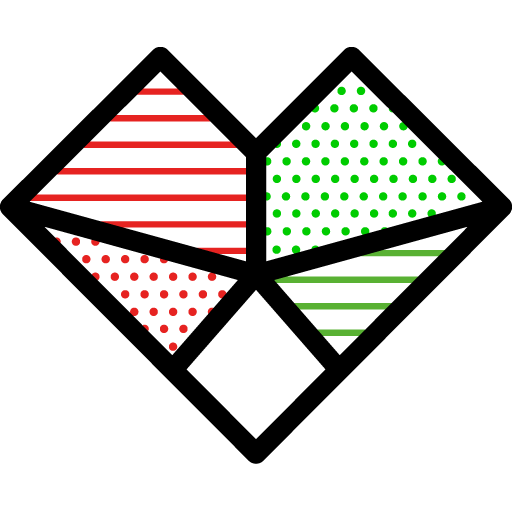Description
La Ballerine In an end-of-the-world setting, Raphaëlle Schotsmans invites us to a metamorphosis: a ballerina evolves, sometimes seeming to bend under the weight of an imaginary hand, sometimes rising into the air. The artist forces us to be demanding: nothing is revealed at first glance; the series must be embraced in its entirety, to perceive its full symbolic scope. And it’s here, in this suspended moment, that we realize what is being played out before our eyes, and that our gaze perceives what has been hidden. The ballerina conjures up buried memories, childhood dreams, both the myth of Swan Lake and the heady figure of a music box, a character who seems to escape from a condition that keeps her in the immobility of a role, against her will. The dancer’s lightness is impeded by the rubble strewn across the floor, as she sheds everything that taints her purity, struggling against invisible forces. Are they outside or inside her? Does the debris on the ground precede her passage, or succeed it? This duality between destruction and serenity is revealed in the very body of the model, who struggles to leave behind the dread that her environment inspires, dressed only in a ballet costume. That’s what’s at stake here: fragility is a lure, hiding an unsuspected power beneath a delicate exterior. It’s a moult into the light. In the midst of chaos, we witness a rebirth, and the flight of a woman who is much stronger than we think.
Biography
Raphaëlle Schotsmans was born in Brussels in 1971, and is a graduate of the Ecole de photographie de la ville de Bruxelles (Agnès Varda). Since 2009, she has been developing personal projects, which are regularly exhibited in various Belgian cities and abroad.Her work and practice are in the tradition of figurative photography, exploring themes of childhood, identity and appearances. Inspired by the imaginary world of fantasy and horror cinema, Raphaëlle Schotsmans’ series reflect her fascination with transgression and the mysteries of the human psyche.Oscillating between fetishism and sado-masochism, her images, through elaborate and extremely elaborate stagings, question the threshold of pain that a human being can inflict on himself for pleasure, sometimes leading to death, while plunging into the depths of suffering in a way that is both aesthetically pleasing and savage. Her inspiration comes from Giallo and genre films such as The Texas Chainsaw Massacre (Tobe Hooper, 1974), Hostel (Eli Roth, 2005), and the work of Japanese photographers Izima Kaoru and Nobuyoshi Araki.
Works




